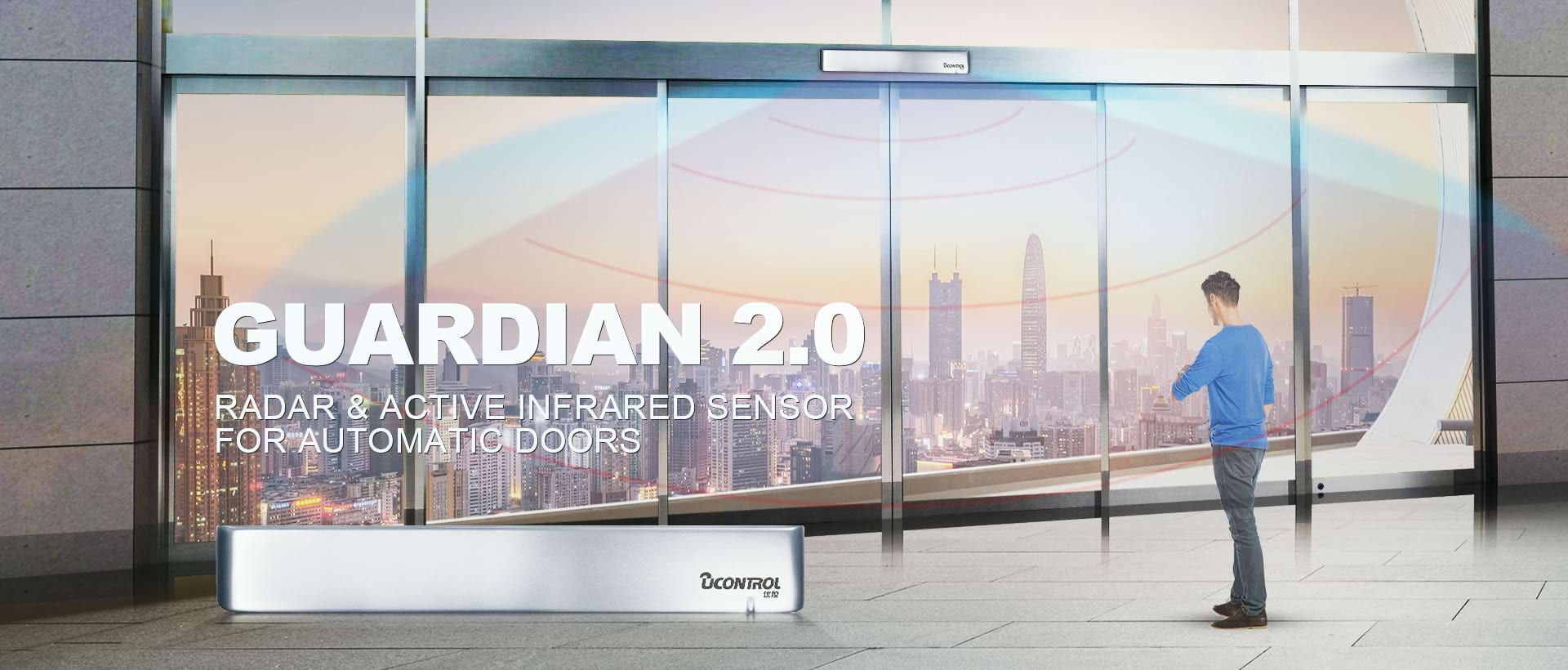Are there backup systems in place for automatic doors to ensure continued operation during emergencies?
Automatic doors have become integral features in various public and commercial spaces, offering convenience and accessibility. In emergency situations, ensuring the continuous operation of automatic doors is crucial for facilitating safe and efficient evacuations. This article explores the backup systems implemented in automatic doors to guarantee their continued operation during emergencies, emphasizing the importance of these features in enhancing overall safety.

1. Emergency Power Backup:
One of the primary backup systems in place for automatic doors is the integration of emergency power backup solutions. These typically come in the form of uninterruptible power supply (UPS) systems or emergency generators. In the event of a power outage, these backup systems kick in, providing temporary power to the automatic doors. This ensures that the doors can continue to operate, allowing for the orderly evacuation of people from buildings or facilities.
2. Battery-Powered Systems:
Some automatic doors are equipped with dedicated battery-powered systems. These systems act as standalone power sources, allowing the doors to function even when the primary power supply is disrupted. Battery-powered backup systems are particularly useful in situations where an extended power outage occurs, offering a reliable source of energy for continuous door operation.
3. Manual Release Mechanisms:
Automatic doors often feature manual release mechanisms that allow for manual operation during emergencies. In the absence of power or in specific emergency scenarios, individuals can activate these mechanisms to open or close the doors manually. This ensures that the doors can be operated regardless of the availability of electrical power.
4. Fire Alarm Integration:
Automatic doors frequently integrate with fire alarm systems. In the event of a fire emergency, the fire alarm system triggers the automatic doors to transition into a fail-safe mode. This mode ensures that the doors remain open to facilitate unimpeded evacuation, contributing to the overall safety of building occupants.
5. Proximity Sensors and Activation Devices:
Backup systems often include proximity sensors and activation devices designed to enhance safety during emergencies. Proximity sensors can detect the presence of individuals in close proximity to the doors, ensuring that they remain open as long as people are within the specified range. This feature prevents doors from closing on individuals during evacuations.
6. Mechanical Locks and Latches:
In certain emergency scenarios, automatic doors may need to be secured to prevent unauthorized access or intrusion. Backup systems may include mechanical locks and latches that can be engaged manually to secure the doors in a closed position, providing an additional layer of security during emergencies.
Conclusion:
The implementation of backup systems in automatic doors is paramount to ensuring their continued operation during emergencies. From emergency power backup solutions and battery-powered systems to manual release mechanisms and fire alarm integration, these features collectively contribute to the safety and efficiency of evacuations. As technology continues to advance, the development of innovative and reliable backup systems reinforces the role of automatic doors in creating secure and accessible environments, even in the face of unforeseen emergencies.







